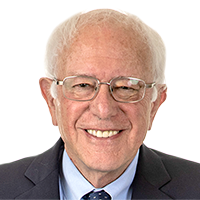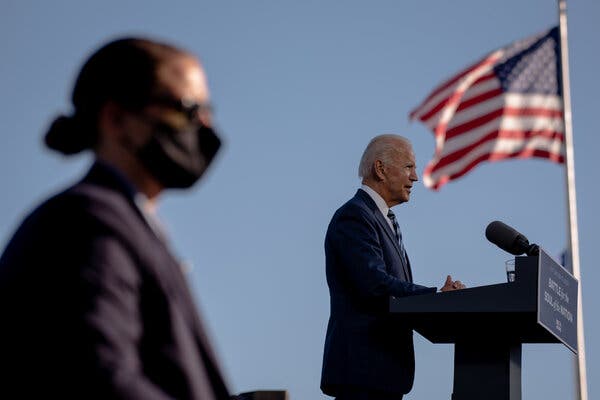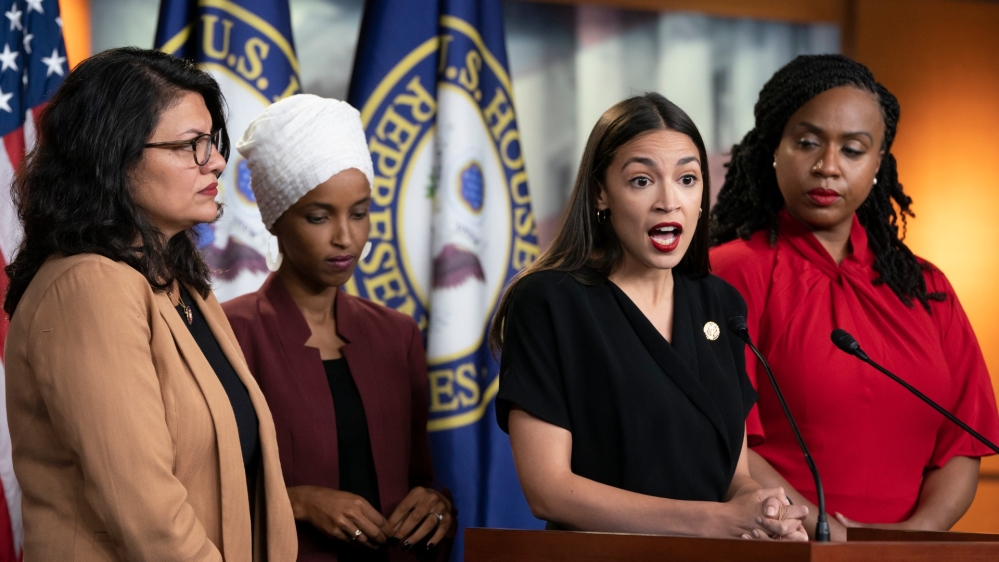Advertisement

WASHINGTON — Supreme Court justices insist that politics plays no role in their decision-making. But their voting patterns and the titanic partisan confirmation battles for seats on the court tell a different story.
“We don’t work as Democrats or Republicans,” Chief Justice John G. Roberts Jr. said in 2016, not long before the start of a successful 10-month Republican blockade of President Barack Obama’s nomination of Judge Merrick B. Garland. The senators who refused to give Judge Garland a hearing appeared to disagree with the chief justice’s assessment.
In the end, President Trump filled the vacancy left by the death of Justice Antonin Scalia with Justice Neil M. Gorsuch. At his confirmation hearing, Justice Gorsuch echoed the chief justice.
“I do not see Republican judges, and I do not see Democrat judges,” he said. “I see judges.”
Mr. Trump sees things differently. “We need more Republicans in 2018 and must ALWAYS hold the Supreme Court!” he tweeted about a year after Justice Gorsuch took his seat.
Political science data tends to support the politicians rather than the justices when it comes to whether politics plays a part in judges’ decisions. The data demonstrates a significant correlation between judges’ political affiliations and their voting.
Some Democrats have floated proposals to take into account that reality. Pete Buttigieg, the mayor of South Bend, Ind., and a 2020 presidential candidate, for instance, has outlined a plan based on a paper from two law professors, Daniel Epps of Washington University in St. Louis and Ganesh Sitaraman of Vanderbilt, to mandate ideological balance on the Supreme Court. Under that proposal, the number of justices would grow to 15 from nine: five affiliated with the Republican Party, five affiliated with the Democratic Party and five others selected by the first 10 based on their “fairness, independence and centrism.”
Such proposals face practical hurdles and constitutional objections. But, particularly in light of the stormy confirmation hearings last year for Justice Brett M. Kavanaugh and their lingering aftershocks, there are reasons to think that ideological balance would be good for the court.
Several justices have said that they worked much harder to come together in the year that they were short-handed after Justice Scalia’s death. That eight-member court included four Republican appointees and four Democratic ones. It reached a modern record for consensus.
The debate over the role politics plays in judging is mostly theoretical. But a petition filed this month by Gov. John C. Carney Jr. of Delaware, a Democrat, makes it concrete. It asks the justices to consider whether states may take account of the political affiliations of judges to try to achieve something like ideological balance on their courts.
The court will decide whether to hear the case, Carney v. Adams, No. 19-309, sometime this fall.
Delaware’s Constitution says that judges affiliated with any one political party can make up no more than a “bare majority” on the state’s highest courts, with the remaining seats reserved for judges affiliated with the “other major political party.”

James R. Adams, a retired lawyer and registered independent, challenged the balancing provision, saying it violated the First Amendment.
“If Delaware had a Constitution that said, you know, a certain race or religion or gender was eliminated from being judges, everyone would say that’s obviously discrimination,” he said in a deposition. Since he was an independent, he said, he was ineligible to be considered for a seat on the state’s three highest courts.
“It’s kind of like those old discrimination cases about whether you’re in the front of the bus or the back of the bus,” Mr. Adams said. “The Delaware Constitution has decided that sometimes independents are allowed in the back of the bus and sometimes they can’t get on the bus.”
David L. Finger, a lawyer for Mr. Adams, said the balancing requirement was an insult to judicial independence. “It assumes,” he said, “that judges cannot put aside their political philosophies to decide the cases before them.”
The United States Court of Appeals for the Third Circuit, in Philadelphia, ruled for Mr. Adams, striking down the balancing requirement.
Supreme Court precedents, the appeals court said, have drawn a line. On the one hand, politics may play no role in the hiring and firing of most government workers. On the other, it is perfectly acceptable to consider politics for those in “policymaking positions.”
In other words, it is unlawful to hire, say, prison guards or tow-truck drivers based on their political affiliations. But it is fine to consider politics in the appointment of officials who have a role in making policy like, say, prosecutors and public information officers.
Which side of the line do judges fall on?
Judge Julio M. Fuentes, writing for a unanimous three-member panel of the Third Circuit, said judges were in the first category.
“Judges are not policymakers,” he wrote, “because whatever decisions judges make in any given case relates to the case under review and not to partisan political interests.”
That was at odds with statements from other appeals courts, which may have taken a more realistic view of what judges actually do. “A judge both makes and implements governmental policy,” Judge Frank H. Easterbrook of the Seventh Circuit, in Chicago, wrote in 1988. Five years later, Judge Damon J. Keith of the Sixth Circuit, in Cincinnati, agreed. “Judges are policymakers because their political beliefs influence and dictate their decisions on important jurisprudential matters,” he wrote.
The lead lawyer for Mr. Carney is Michael W. McConnell, a prominent former federal appeals court judge who is now a law professor at Stanford. He said the justices who have insisted that there is no political component in judging had made “aspirational statements.”
“I really approve of the aspirational statements,” he added, a little wistfully.
Follow Adam Liptak on Twitter: @adamliptak.


